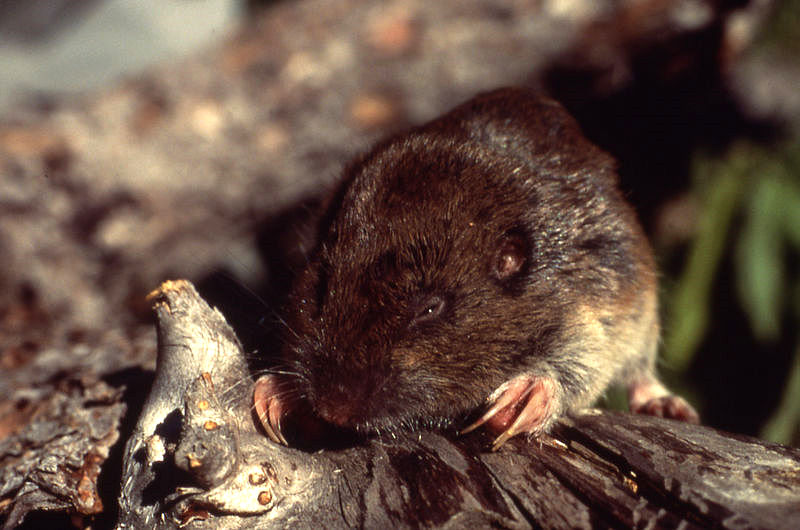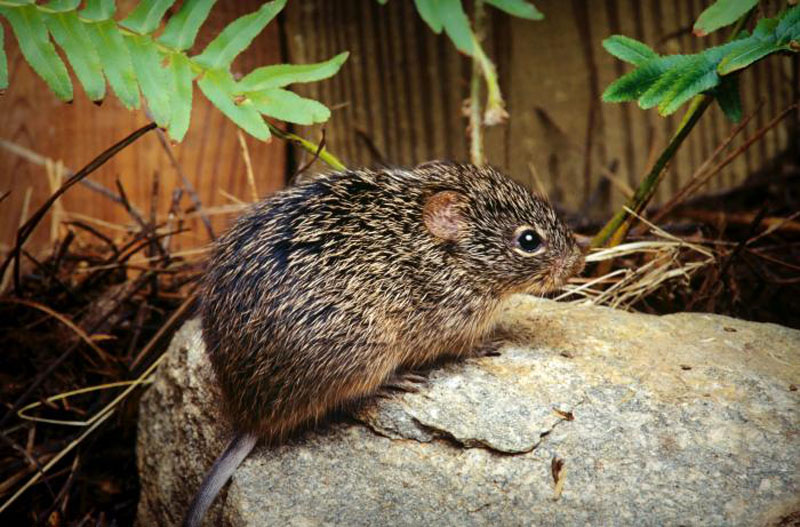Rodents
Sixteenth-century journals of the explorer Cabeza de Vaca in Texas portray Native coastal inhabitants as frequently on the brink of starvation. It is not surprising that during times of dietary stress hunter-gatherers consumed a multitude of rodents to supplement their diet. Small rodents—rats, mice, gophers, voles, and squirrels—inhabited the scrublands and forests of the inner Coastal Plain and could be easily hunted with snares, nets, and other traps.
Rodents as part of the native diet are indicated both in archeological evidence and historic accounts of Native hunting parties. Archeologist Robert Ricklis' study of human adaptation strategies indicate rats and other rodents played an important role in subsistence strategies both in the central coast near Nueces Bay (41NU2 and 41NU267) and upper coast, at the Mitchell Ridge Site (41GV66). Both of these areas contained large amounts of wood rat (Neotoma micropus) bones in context with other faunal remains. A significant number of hispid cotton rats (Sigmodon hispidus) and plains pocket gophers (Geomys bursarius) were also recovered from these aforementioned sites.
Gaspar José de Solís mentions that the Carrizos Indians near the Rio Grande trapped rabbits, gophers, rats, and other small animals. The 1709 diary of the Spanish priest, Felix Isidro de Espinosa, who traveled from Mission San Juan Bautista on the Rio Grande to San Antonio and beyond (Espinosa-Olivares-Aguirre expedition), tells of encounters with the “Pacuasian” (likely Pacahuache) peoples who were hunting mice (in either present-day Dimmit or Zavala county) in inland south Texas.
Remains of the Louisiana vole (Microtus ludovicianus) have been found in archeological sites of the lower Texas coast, such as 41WY50. Because they require a cooler and more moist environment, their presence in archeological sites is an important climatic indicator. This species no longer survives in the coastal region.

|
